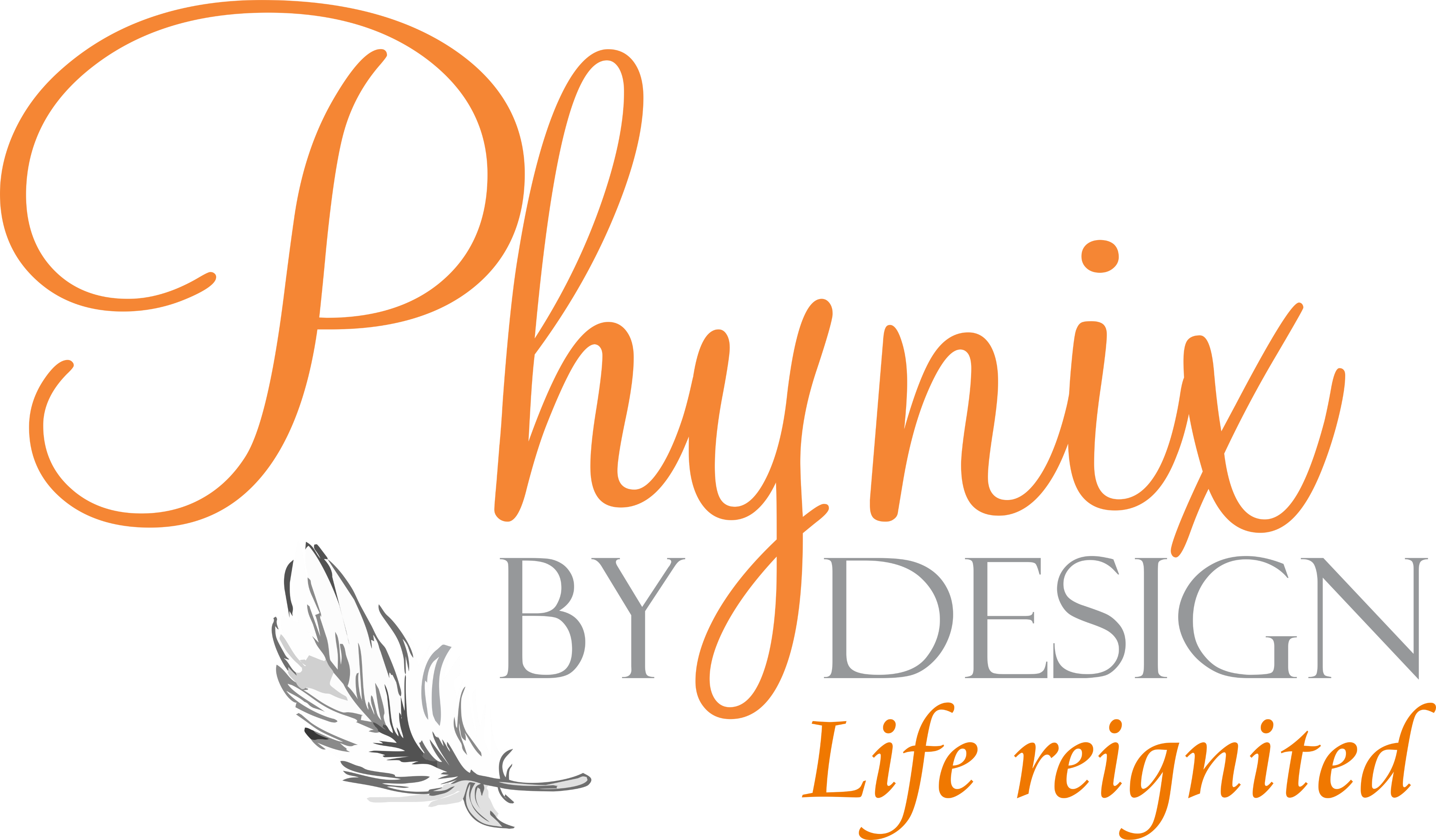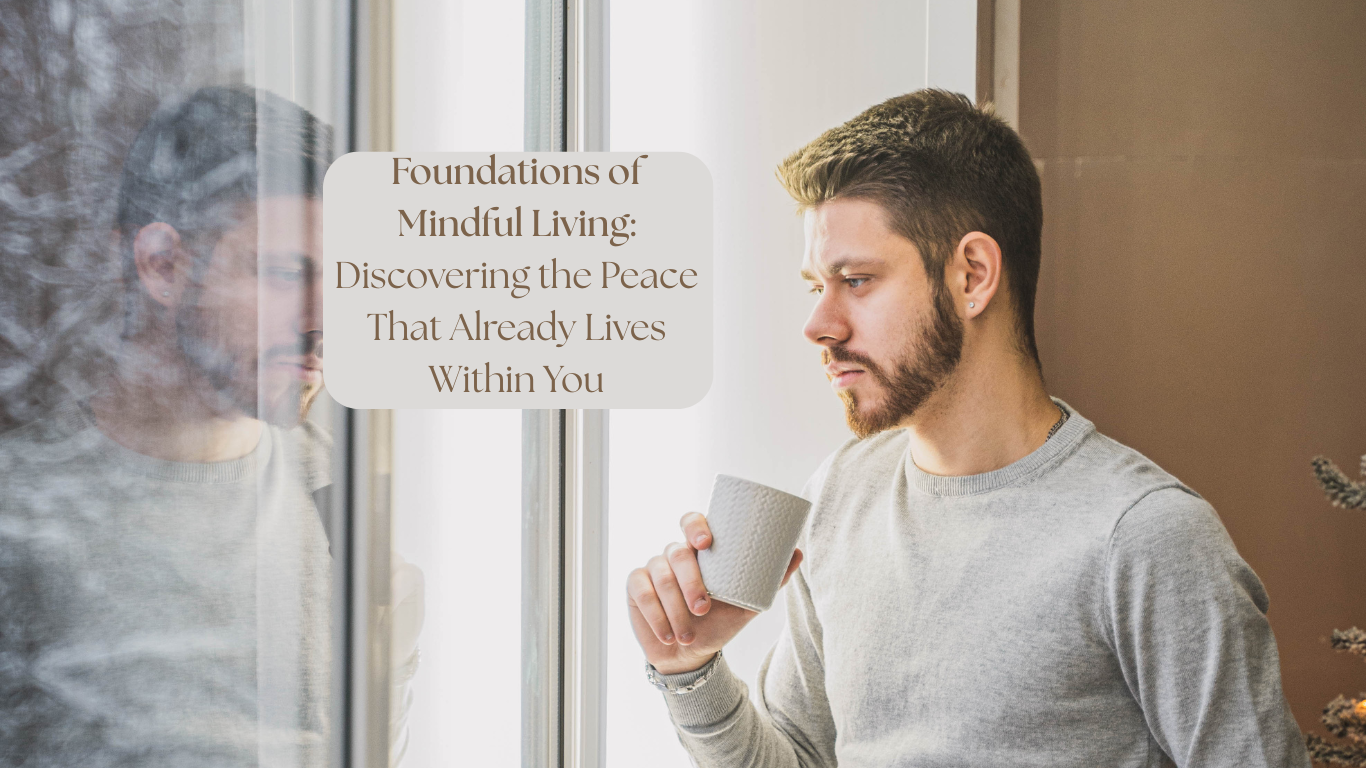Hello there, fellow seeker of presence!
Have you ever noticed those moments when you’re completely absorbed in something beautiful – watching a sunset, listening to music, or sharing laughter with someone you love – and suddenly you realize you haven’t been thinking about anything else? You’ve just been… there, fully present, completely at peace?
These glimpses aren’t accidents or lucky breaks. They’re your natural state peeking through the mental chatter that usually fills your days. This month, we’re exploring how to cultivate more of these moments through mindful living – not as something you have to achieve, but as something you can remember and return to.
What Mindful Living Really Means
I believe that peace isn’t something you need to create or earn – it’s something that emerges naturally when you stop fighting with the present moment. Just as a lake reflects the sky perfectly when its surface isn’t disturbed, your natural sense of calm and clarity reveals itself when your mind isn’t constantly stirred by worry, planning, or mental storytelling.
But let’s be honest – in our fast-paced, constantly connected world, present moment awareness often takes a backseat to productivity, achievement, and keeping up with endless demands. Many of us have internalized the belief that peace is a luxury we’ll have time for someday, when everything is finally sorted out.
The beautiful truth is that peace is available right now, in this very moment, regardless of your external circumstances.
Why We Resist the Present Moment
I see this pattern regularly in my work with clients – wonderful, accomplished people who approach mindfulness like another task to master. If you recognize yourself in this description, you’re certainly not alone.
Our minds are brilliant survival tools, constantly scanning for problems to solve and dangers to avoid. This mental activity, while useful in many situations, can become like background music we don’t realize is playing – until we learn to tune into the silence that exists beneath it.
Think about your typical day. How often are you fully present with what you’re doing versus thinking about what comes next, replaying past conversations, or running through mental to-do lists? This isn’t a judgment – it’s simply how most minds operate without conscious guidance.
The invitation of mindful living is to gently train your attention to rest more often in the present moment, where life actually happens.
The Science of Present Moment Peace
When you practice present moment awareness, remarkable changes begin happening in your brain. The areas associated with stress reactivity become less dominant, while regions linked to calm attention and emotional regulation strengthen. Your nervous system learns to find its natural state of ease more readily.
This isn’t about positive thinking or forcing yourself to feel peaceful. It’s about developing the capacity to witness your thoughts and emotions without being overwhelmed by them, creating space for your innate wisdom to emerge.
Morning Presence Practice: Start your day with three conscious breaths before reaching for your phone or jumping into activities. Notice the quality of morning light, the sounds in your environment, the sensation of being in your body. This simple practice primes your nervous system for greater presence throughout the day.
Transition Moments: Use daily transitions – walking between rooms, waiting for your coffee to brew, sitting in your car before starting the engine – as opportunities to return to presence. These brief moments accumulate into a more consistently mindful way of moving through your day.
Creating Space for Stillness
Modern life rarely provides natural opportunities for stillness, so we need to consciously create them. This doesn’t require dramatic lifestyle changes or hours of meditation – it’s about recognizing the peace available in ordinary moments.
Mindful Daily Activities: Choose one routine activity each day to approach with complete attention. Whether washing dishes, walking to the mailbox, or drinking your morning tea, bring your full awareness to the sensory experience. Notice how this transforms both the activity and your state of mind.
Evening Wind-Down: Create a brief evening ritual that supports transition from day to night. This might involve conscious breathing, gentle stretching, or simply sitting quietly for a few minutes. These practices help your nervous system recognize that it’s safe to rest and restore.
Working with Mental Resistance
As you begin practicing mindful living, you’ll likely encounter resistance from your mind, which may interpret slowing down as dangerous or unproductive. This resistance is normal and actually indicates that you’re beginning to interrupt habitual patterns.
The Wandering Mind: When you notice your mind has wandered during mindfulness practice, celebrate this awareness rather than judging it. Each moment you recognize mental drift and gently return to presence strengthens your capacity for sustained awareness.
Starting Small: Begin with very brief practices – even 30 seconds of conscious breathing counts. Consistency matters more than duration, and success with small practices builds confidence for longer periods of awareness.
Your Week 1 Challenge
This week, I invite you to explore the foundations of mindful living by establishing one simple daily practice. Rather than trying to be mindful all day (which can feel overwhelming), choose one specific moment each day to practice present moment awareness.
For example:
- Take three conscious breaths before getting out of bed each morning
- Eat one meal this week in complete silence, tasting each bite fully
- Practice mindful walking for two minutes during your day
- Create a brief evening ritual of gratitude or reflection
- Use transition moments (doorways, red lights) as mindfulness bells
Remember, mindful living develops gradually through consistent practice rather than perfect execution. Start with what feels achievable and sustainable for your current lifestyle.
As you move through this week, notice with gentle awareness:
- Which moments naturally invite presence?
- What resistance arises when you try to slow down?
- How does bringing mindful attention to ordinary activities change your experience?
These observations will guide your continuing development of sustainable mindful living practices.
Join the Journey
I’m loving walking this path with you! Throughout this week, I’ll be sharing regular practices on social media to support your inner resource development. Follow along on Instagram, Facebook, or LinkedIn for regular inspiration and practical exercises.
I’d love to hear about your experiences with establishing mindful living foundations. What moments most naturally invite presence for you? What resistance have you noticed? What simple practices create the most sense of peace? Comment below or reach out directly to share your journey.
Remember, mindful living isn’t about achieving a permanently peaceful state – it’s about developing the skill to return to presence whenever you notice you’ve drifted into mental autopilot. Each return is a victory, regardless of how many times your mind wanders.
With warmth and belief in your mindful journey,
Gemma-Lee
About the Author:
Gemma-Lee Harvey is a Holistic Counsellor and Lifestyle Coach based on Australia’s Sunshine Coast. With a diverse background spanning psychology, business, counselling, and coaching, she creates a nurturing space for exploring one’s full potential. Her gentle yet practical approach kindles the transformative spirit within, guiding individuals through life’s challenges as they rise through empowerment.
Contact:
🌐 www.phynixbydesign.com.au
☎ 07 5493 6742
📱 0448 562 814
🏢 Brightwater Wellness Hub, Shop 7E 69-79 Attenuata Drive, Mountain Creek QLD 4557
Opening hearts & facilitating transformations since 2017
Phynix By Design ~ Life Reignited

